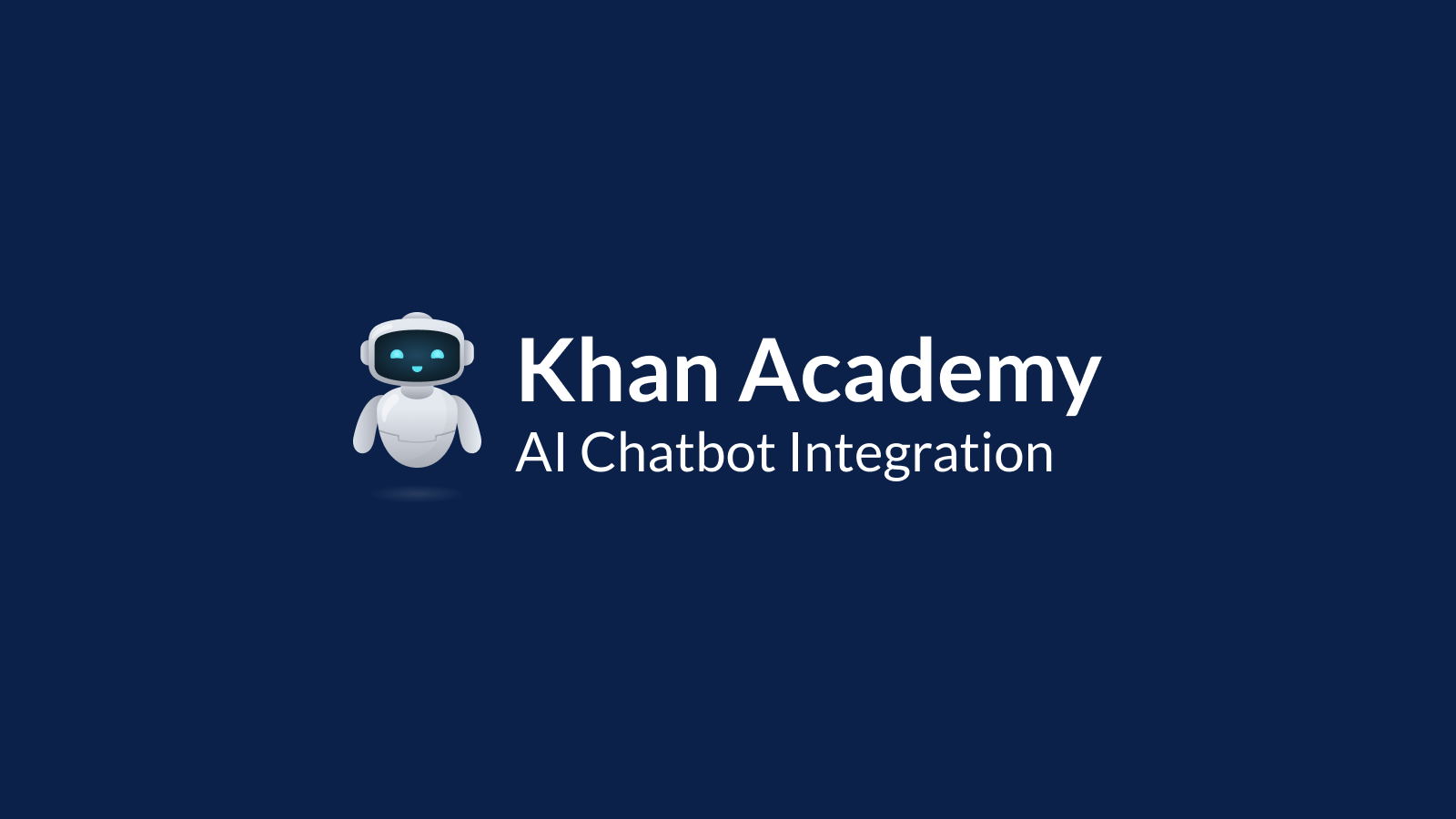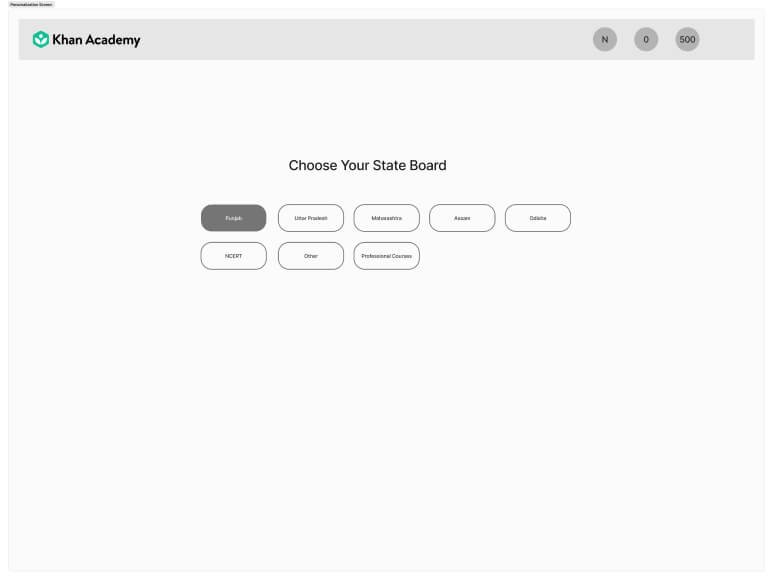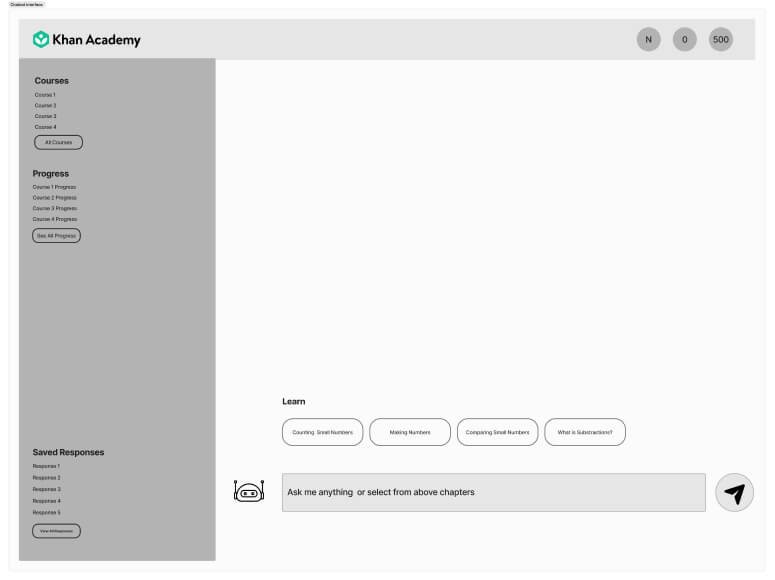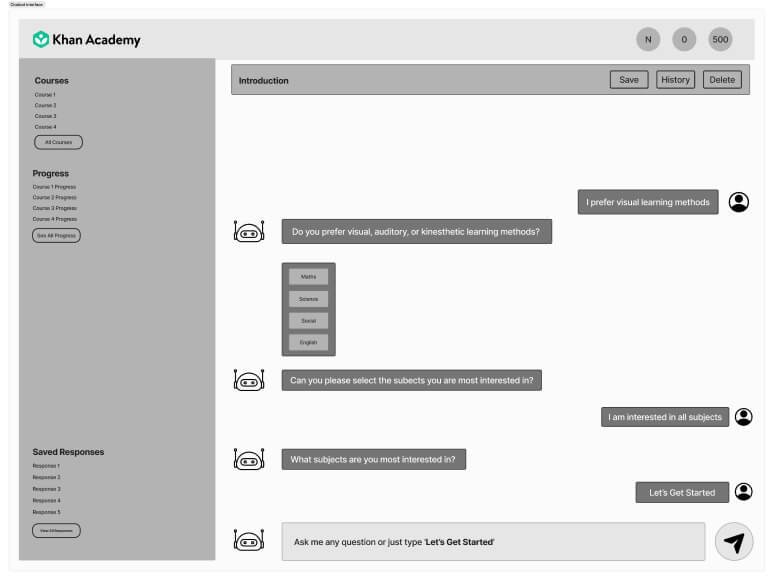Main Objectives
Goal
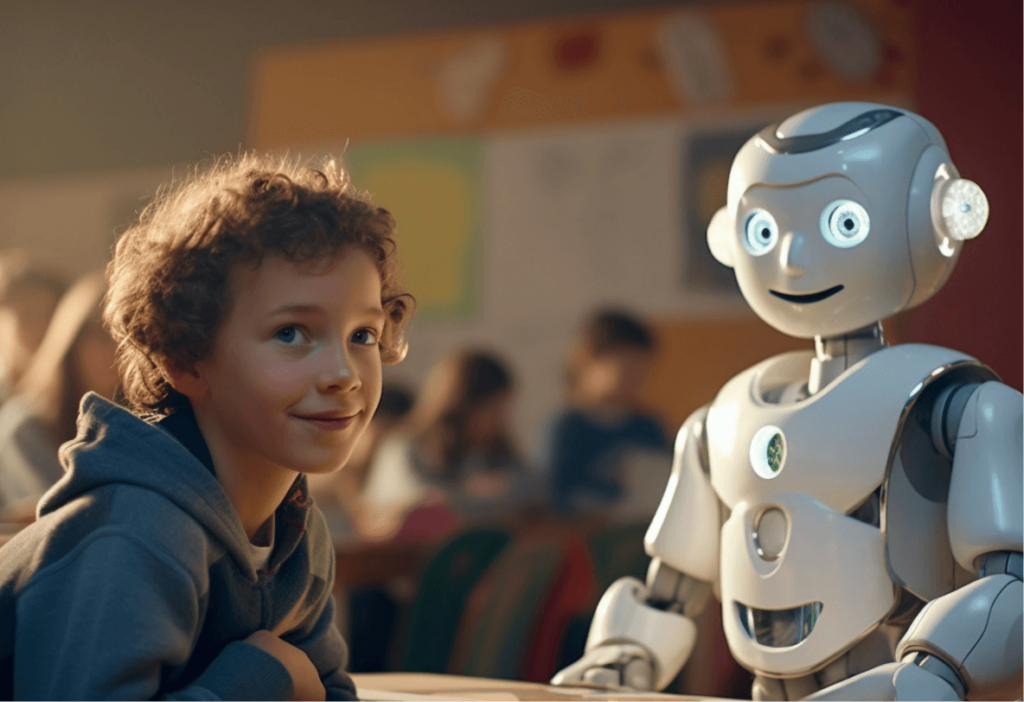
Problem Statement
Stakeholder
Learners of all ages
Concern
Lack of access to resources that help immidiate doubt resolution
Cause
Causing confusions for the students, leading to consuming time.
Solution
Introducing AI Chatbot

Primary Research
Insights gained from exploratory interviews

Competitor Analysis
Features List
From my analysis of four competitors I compiled following list of features would play huge role in creating intuitive and inclusive user experience.
- Personalization
- Gamification
- Ease of Use
- Improved Visual Design
- Inclusive Design
- Accessibility
Conversation Flow
Wireframes
Outcome
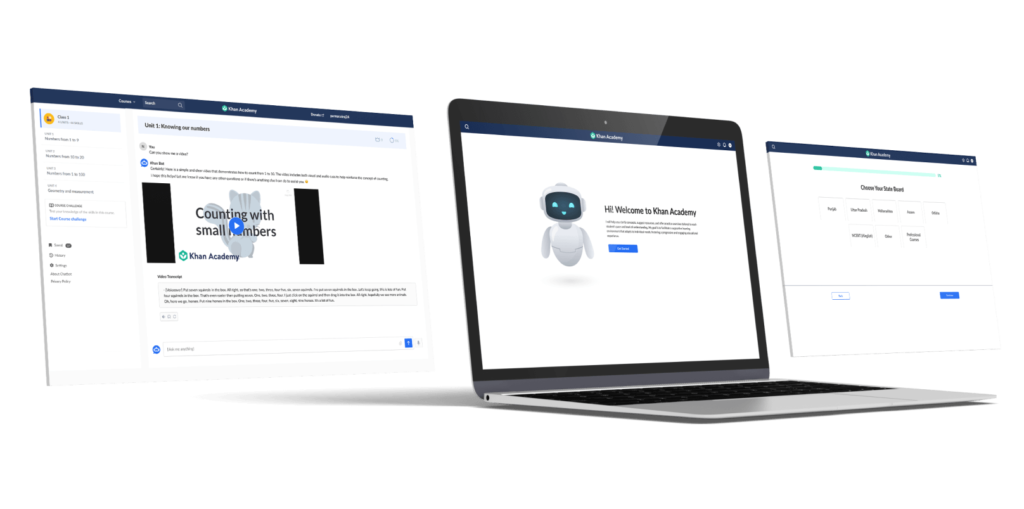
AI Chatbot operates on advanced natural language processing (NLP) and machine learning algorithms. Its sophisticated NPL/LLM allows it to comprehend and respond to student’s queries in a conversational manner.
Cloud-based architecture ensures seamless accessibility from anywhere, and secure communication protocols safeguard the privacy and confidentiality of educational data. Khan Academy Chatbot’s adaptive learning capabilities are powered by algorithms that analyze individual student learning style, customize recommendations, tracks learning progress and instantly provides resolution for queries/doubts.
Khan Academy Chatbot’s technology foundation enables its platform to be an intellegent, encouraging, responsive and user-centric.

